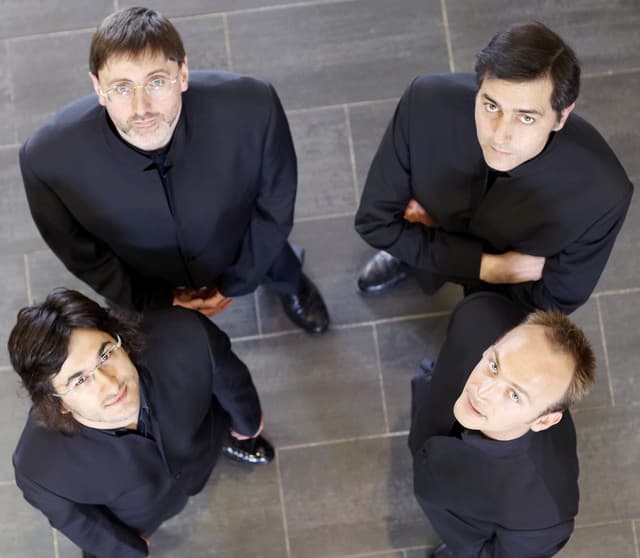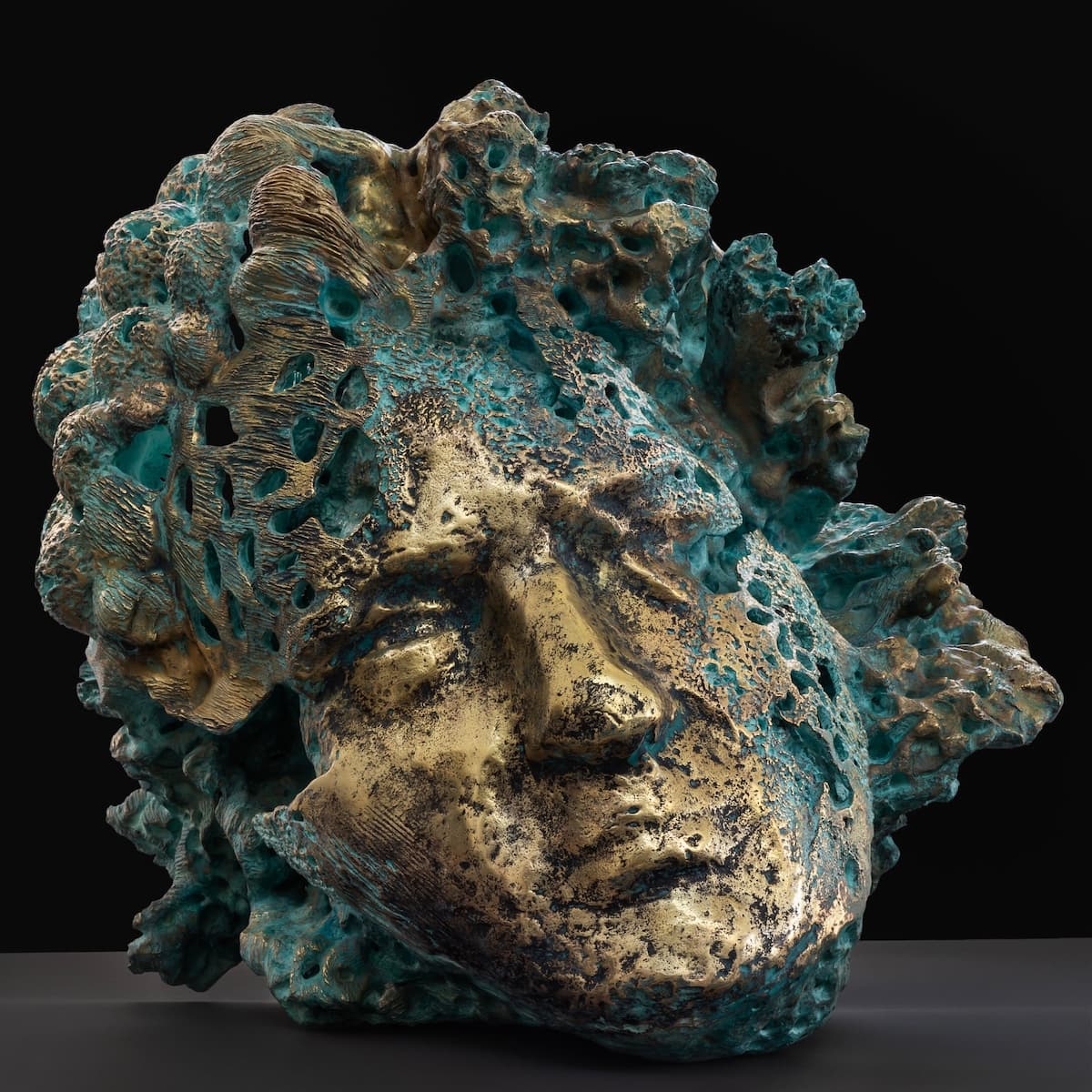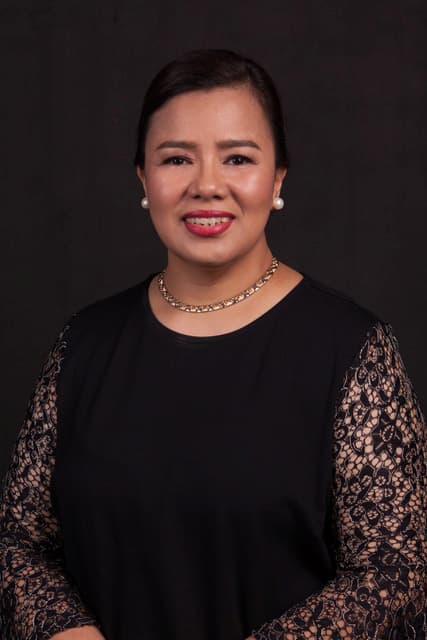Luisa Cuesta is a highly experienced stage director who has directed numerous stage productions, including “Mooch the Magnificent” by Lauren Bernofsky, an opera for young audiences. I was introduced to Luisa by Lauren when I asked for her opinion on what the role of a stage director entails after attending an opera performance. In this interview, Ms. Cuesta provides valuable insights into her profession as a stage director and her vast experience in the field.
Would you like to introduce yourself to our readers?
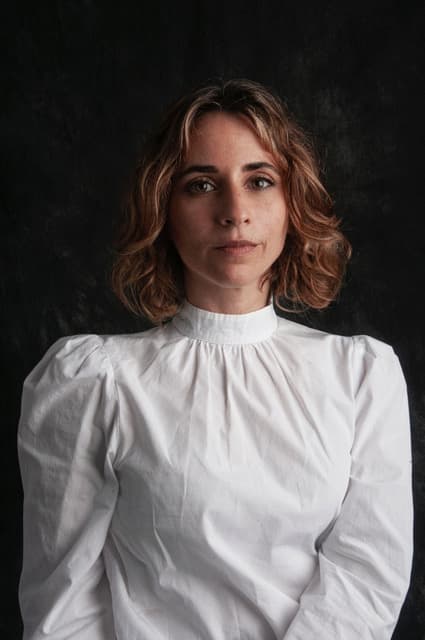
Luisa Cuesta
Hi! I am a stage director full of curiosity for the different arts that can be portrayed on stage. When I was 6, I began to study dance and painting, and in my twenties, I began studying visual arts, photography, theatre, and dramatic corporeal mime. I have a master’s degree in Advanced Theatre Studies. I have presented several plays and operas such as Lauren Bernofsky’s young audience opera, Mooch the Magnificent, and Mozart’s Così fan tutte, which was my most recent production (September 2023). I have also presented three visual arts exhibitions and taught art at several universities in the city of Guayaquil, Ecuador.
Mooch the Magnificent
Can you tell us about your work as a stage director? What are the challenges that you have encountered?
As a stage director, I like to design the scene with all the elements that are required on stage: movement, voice, music, makeup, costumes, lighting design, props, etc. When I’m directing a scene in rehearsals with the singers, I’m also designing in my mind the other elements as if it were a big moving painting. So, in addition to creating the choreographies, I love to take care of every detail that is seen on stage, including recording and editing the videos that are projected during the performance. This requires high levels of discipline, research, creativity and organization, to be able to carry it all out. In addition, as the physical language I use for the operas is corporeal mime, I have to be in constant physical preparation to be able to train the singers. One of the main challenges has been to show them how artistic and virtuous the opera turns with the corporeal mime as part of their performance. Strong motivational leadership is required to win the patience of the cast, because the time of creation and rehearsals is longer than usual because of the details in the choreography. It takes many hours and a lot of mental and physical work to achieve the language in the body, but once the singers find themselves in the corporeal mime, they love how it enhances their creativity in order to create a character, to create beautiful images, and to make the music visible through the bodies of the characters.
Act 1 from Cosí fan tutte by W.A. Mozart (stage directed by Luisa Cuesta)
Once you receive a new work from a composer, what do you usually do?
Allowing myself to be fascinated by the music I’m working with is fundamental in my creative process, so I get obsessed with it once I receive a new work. I listen as many times as I need to thoroughly understand the role of each instrument as part of the composition. What are they telling us? Which character’s feelings or thoughts are they representing? Understanding what the music is communicating is the key to creating the choreographies in a way that makes the music visible through the body of the singers. As a director, it is important for me to be able to not only hear but also see the music.
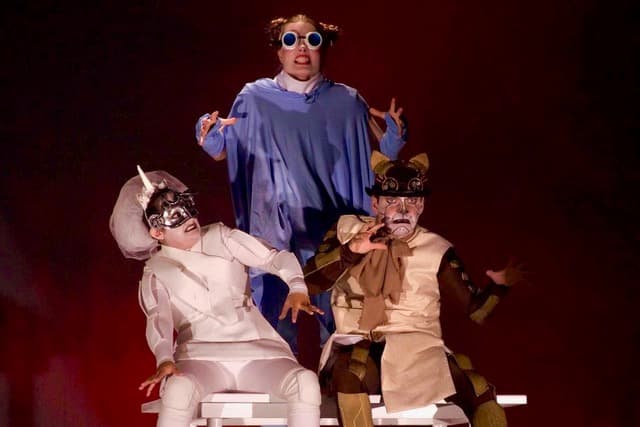
Mooch the Magnificent
I divide the production process into four periods. The first period is for pre-production, which usually lasts a month, and it is mainly analyzing the role of each instrument, taking notes about the attitude of the music in each scene and for each character, pre-designing and sketching the scenes (I do this physically, so when it’s time for the rehearsals, I know what the singers have to do and specifically teach that. Also, I have to physically feel the music in my body to teach them how and when to reproduce which sound); I research the composer, the librettist, and the historical times in which the opera was created. I also create the complete artistic vision: costume, light, makeup, scenography, props, etc. Meanwhile, the singers are learning the lyrics and recitatives.
The second period lasts three weeks and is the physical training period for the singers. They receive corporeal mime lessons and learn to manipulate objects such as chairs, tables with wheels, masks, etc. In this period, we also analyze and contrast what the dialogs mean versus the character of the music so that in the next period, we can create physical metaphors for the characters. In the third period comes the creation of all the choreographies sketched in the first period. Depending on the level of detail in the choreographies and the length of the opera, this period can last up to two or three months. The last period is for the rehearsals with orchestra and performances.
In addition to operas, do you also direct other stage productions? Does the responsibility of your role change with different genres?

Mozart’s Così fan tutte
Photographer: Amaury Martinez
The responsibility is always the same. Regardless of whether it is a flamenco theatre/dance show, an opera, a corporeal mime piece, or a theatre play, I always work with the same amount of responsibility, and, for me, ¨responsibility¨ is a synonym for love. I also act in a theatre group specializing in babies, and when I perform for babies, I do that with a lot of love, so the responsibility doesn’t change with different genres or the role I play.
I love to direct different stage productions because of the number of rich things that I learn from each work of art. Discovering the flamenco palos and their origins, the characteristics of a Mozart orchestra, the investigation of a silent mime piece, all this variety of knowledge has shed light on my creations.
Are you working on any stage productions? Can you share them with us?
I´ve been asked to direct Pergolesi´s Serva Padrona, and I’m not supposed to be working on it yet, but it´s impossible. I can’t stop my brain, so I have already prepared the inspiration for the scenography, costume, make-up, and illumination design. What thrills me about this opera, besides the main theme, is that one of the characters is a mime, so in this particular instance, I get to be also on stage. It would be an honor to share the stage with the magnificent singers I work with.
To follow and learn more about Luisa Cuesta, visit her Instagram (operamime and luisacuestavallarino) and her YouTube channel.
For more of the best in classical music, sign up for our E-Newsletter

